Additional information
| Dimensions | 8.5 × 5.5 × 0.45 in |
|---|---|
| Editor | Somrita Urni Ganguly |
| Binding | |
| Edition | |
| ISBN | |
| Language | |
| Page Count | |
| Publisher | Hawakal Publishers |
| Release Date | 22 August, 2019 |
Press Reviews
Food, whether cooked or pickled or fermented or just raw, has become a topic for study and this volume adds one more angle of interdisciplinary approach in its epistemology. In their works Claude Levi-Strauss has analyzed his “culinary triangle” of raw, cooked, and rotten food in terms of universal oppositionality and Roland Barthes has seen food as a system of signs because of its rules of exclusion and association. So, it is neither frivolous nor surprising that poetry, arguably the highest form of literary art, will indulge in the depiction of food in its various aspects in verse. Queen Mob’s Teahouse
The cover of Quesadilla and Other Adventures is a tasty image of the pouring of ghee (clarified butter). Kiriti Sengupta’s poem about ghee, “Clarity,” invokes a symbolic relationship between the creation of food and memory. These lines: “So organic is my memory— / The granular residue lifted us to heaven / Ah! Pious ghee, and incorrigible” brings a religious face to food. There are a variety of religious rituals invoking food as a central motif. In Catholicism, the ritual of communion involves a wafer that represents the flesh of Christ. The ritual intends to remind the believer of the sacrifice made by Christ and to imitate the Last Supper where Christ said, “Take, eat; this is my body” (Matthew 26:26, KJV). Such words contain magical power in invoking gratitude, love, and cheerfulness. Christ offers his disciples a meal in companionship the night before he is betrayed and taken to his death. World Literature Today

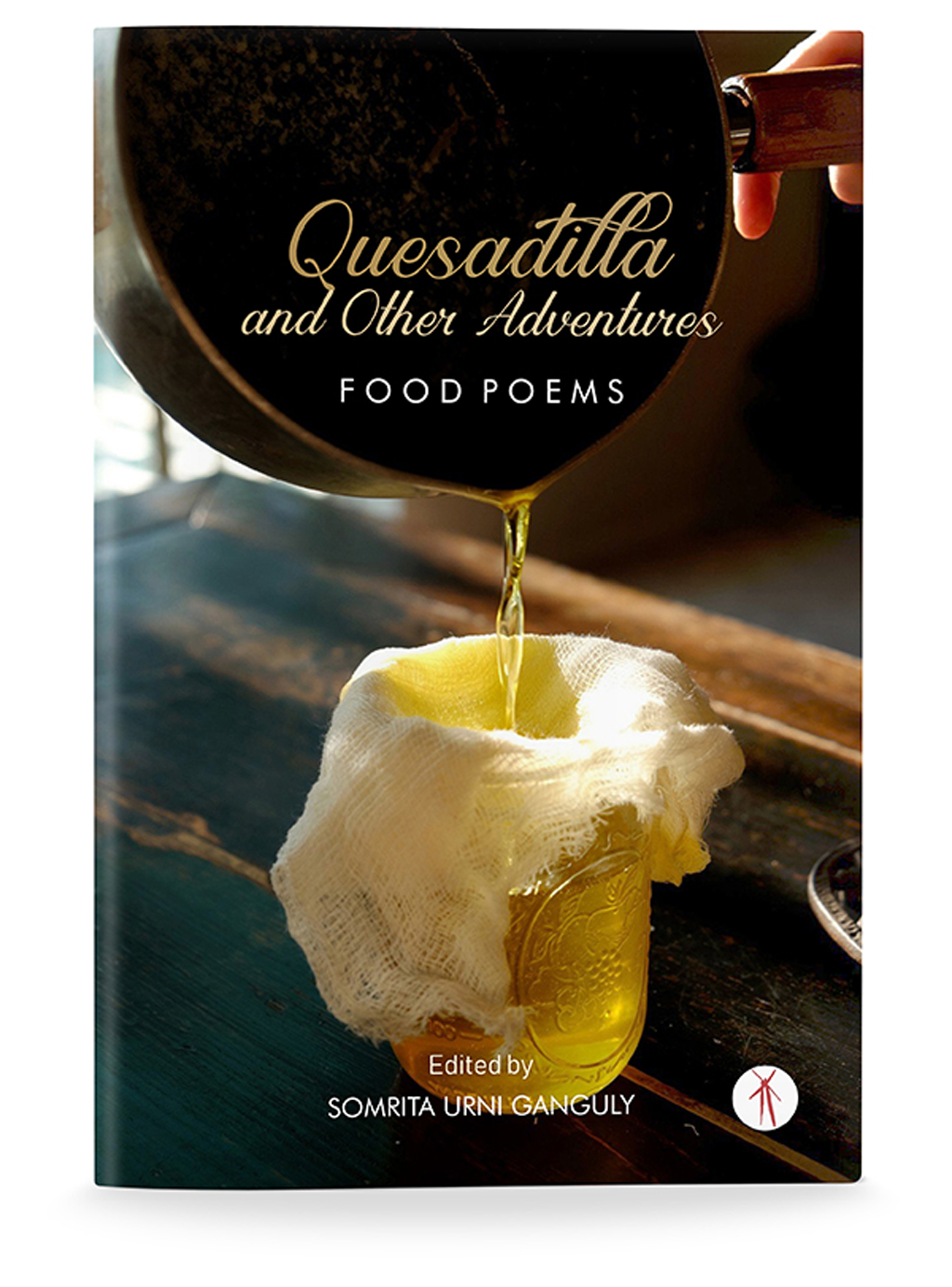
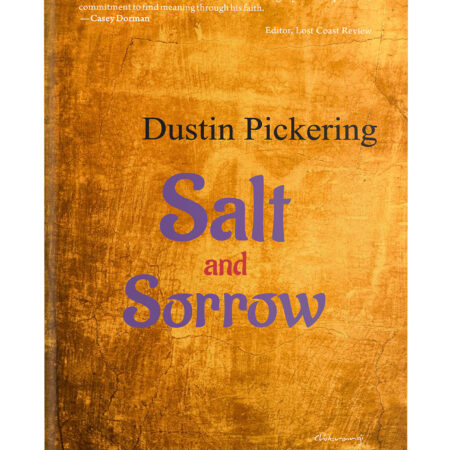
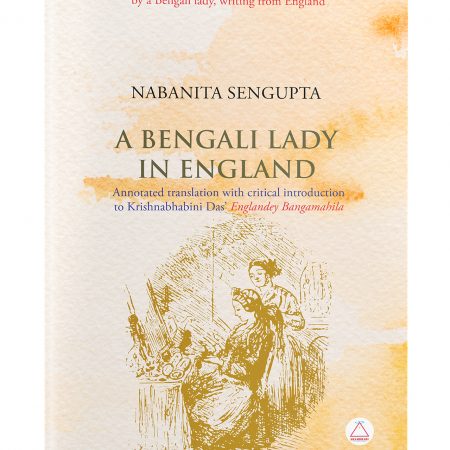
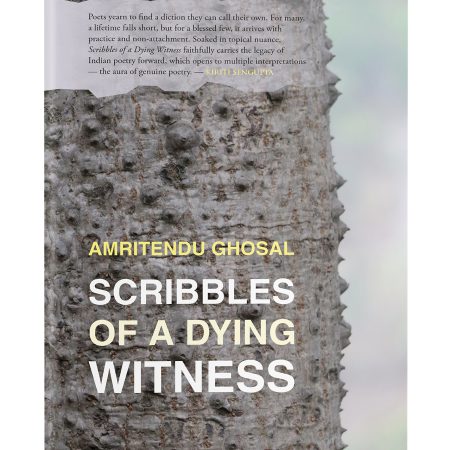
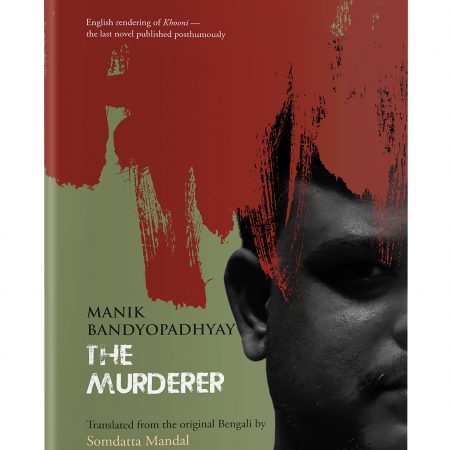
Reviews
There are no reviews yet.